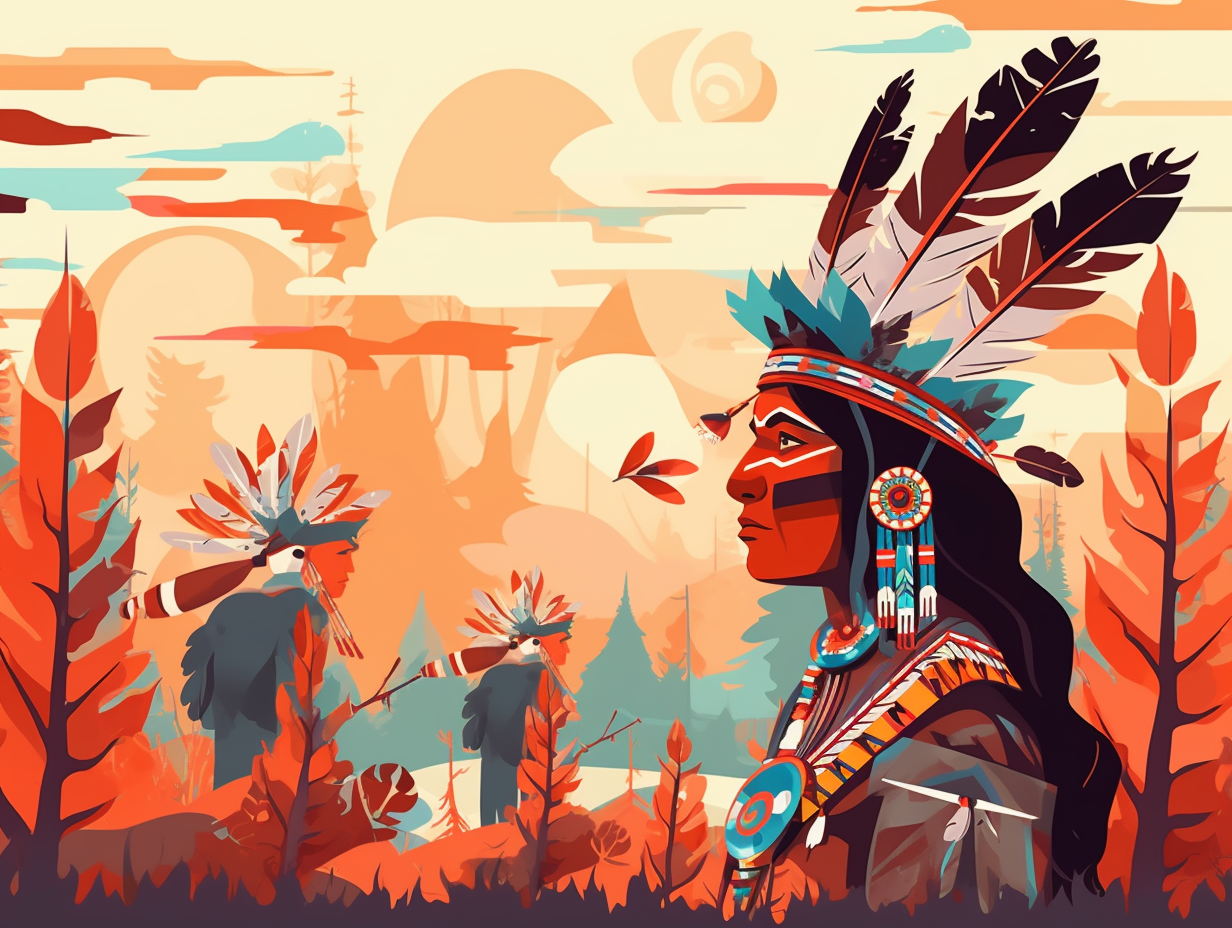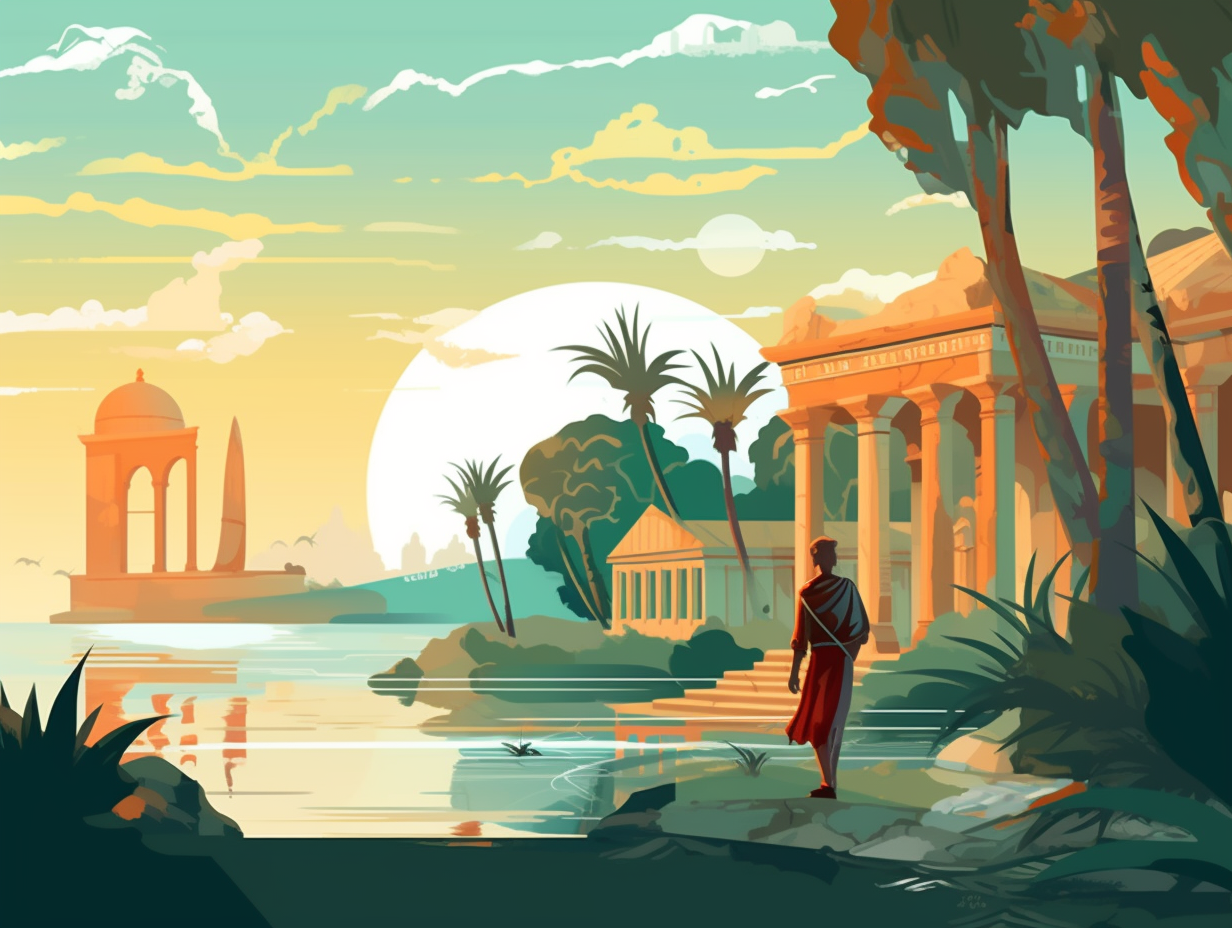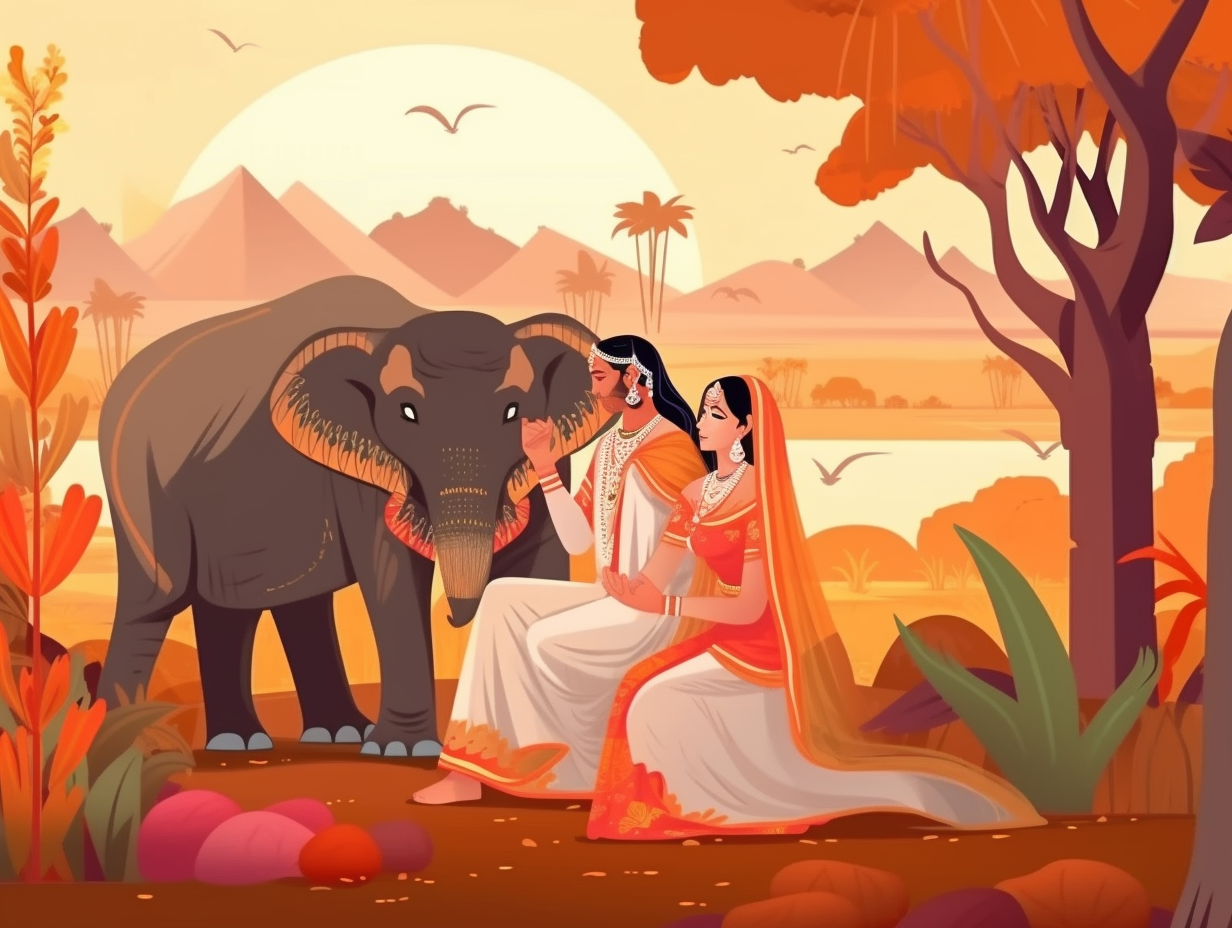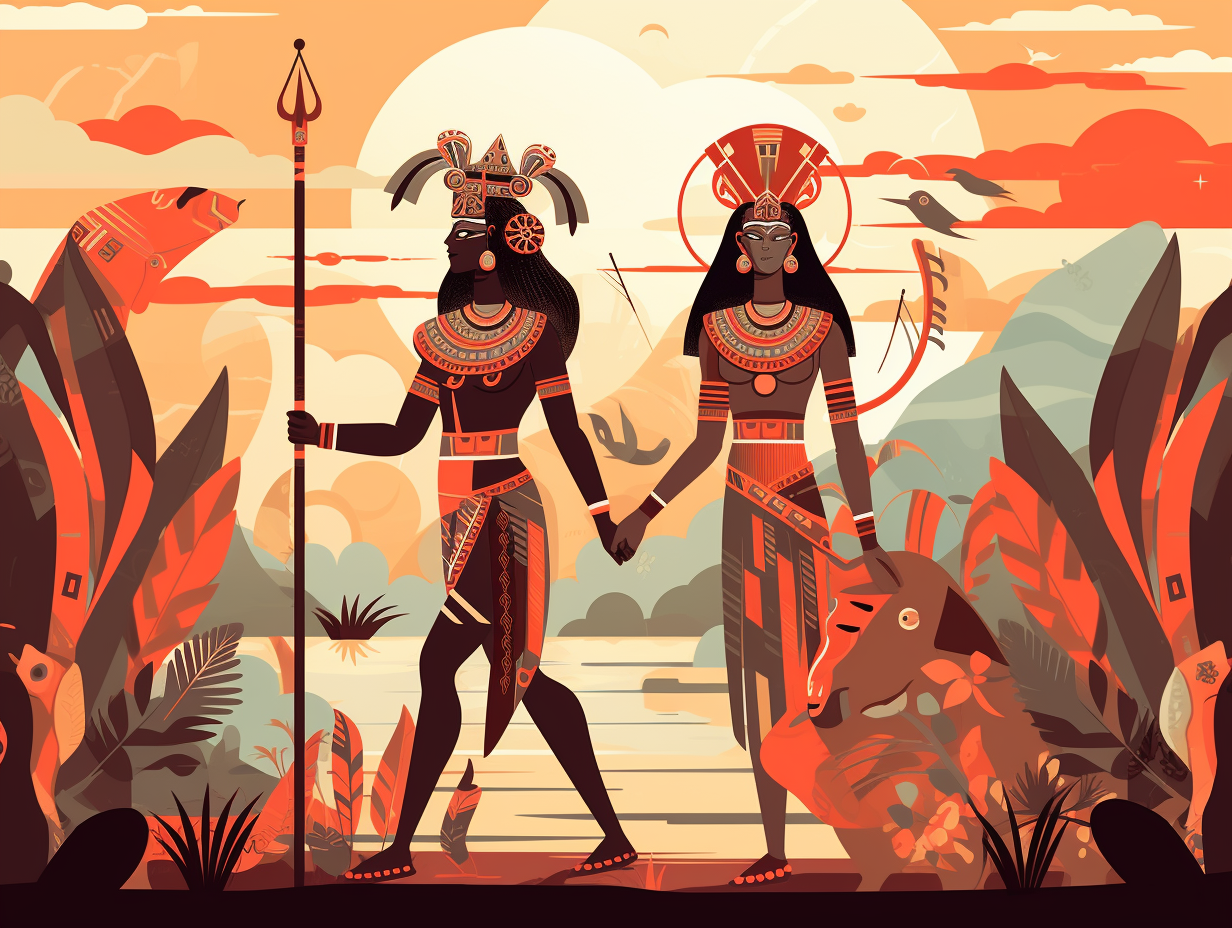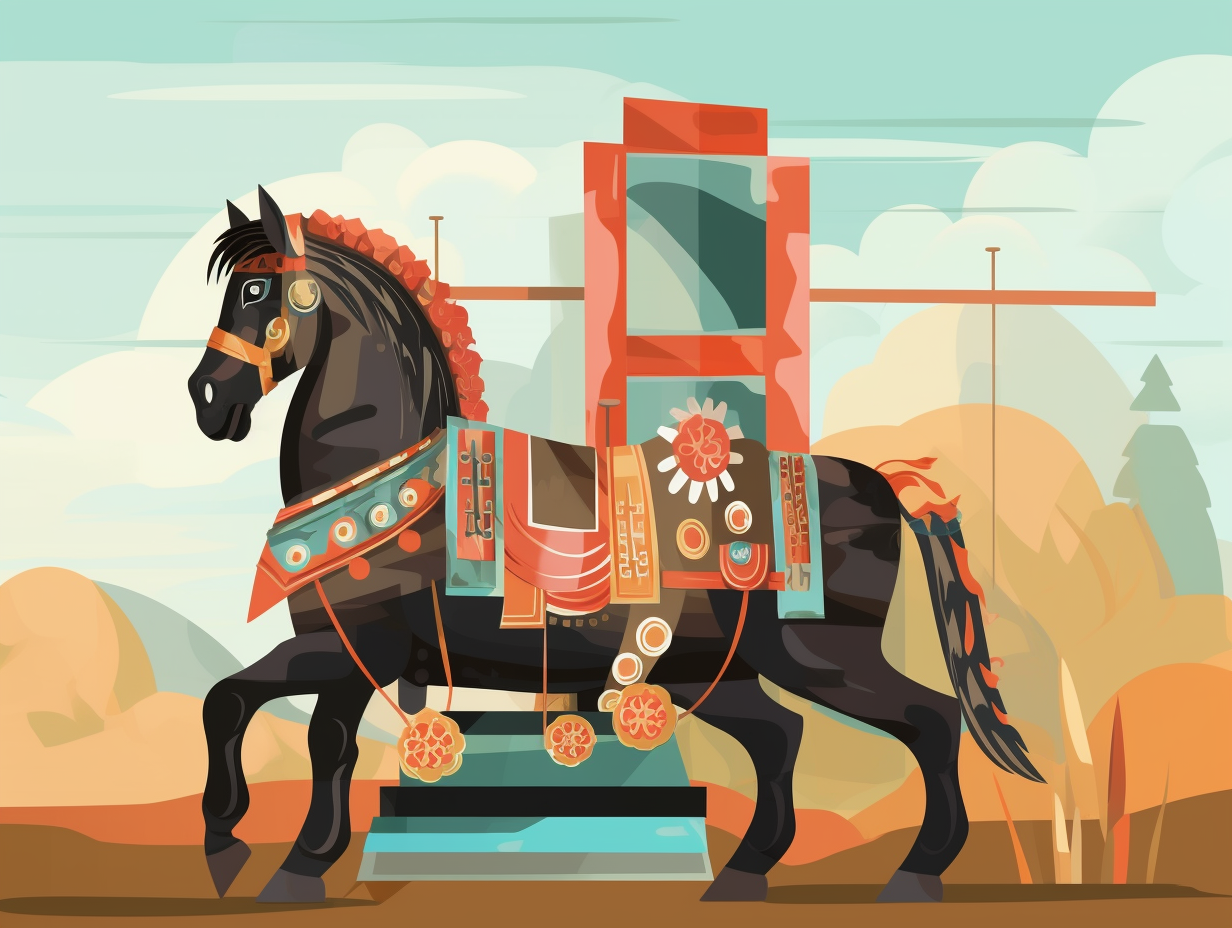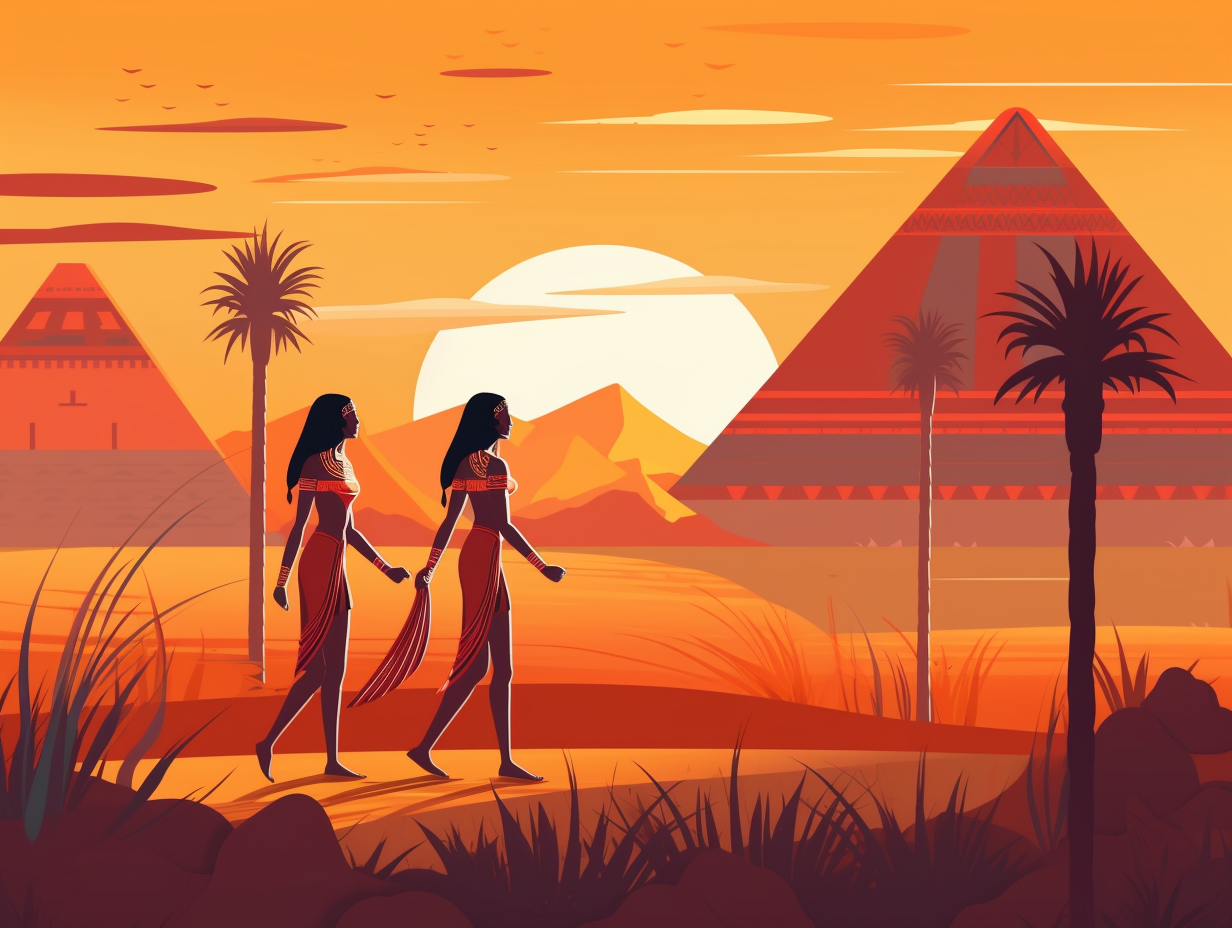Discover the Top 12 Amazing Fun Facts About Hunter-Gatherer Societies!

1. No modern diseases
Ever wonder whether prehistoric folks kissed their spinach goodbye before digging into a mammoth steak? Think again: there is no evidence that any hunter-gatherer society suffered from modern-day diseases of civilization, with some even relying heavily on plant-based foods and others obtaining their dietary energy from a mix of wild animal and plant sources.
Source => academic.oup.com
2. Affluence without abundance
Who needs money when you've got sticks and stones?: Hunter-gatherers achieved a peculiar sense of wealth, known as "affluence without abundance," by desiring little and satisfying their basic needs with nature's bounty, leading to reduced work hours and no need for surplus or fancy possessions.
Source => en.wikipedia.org
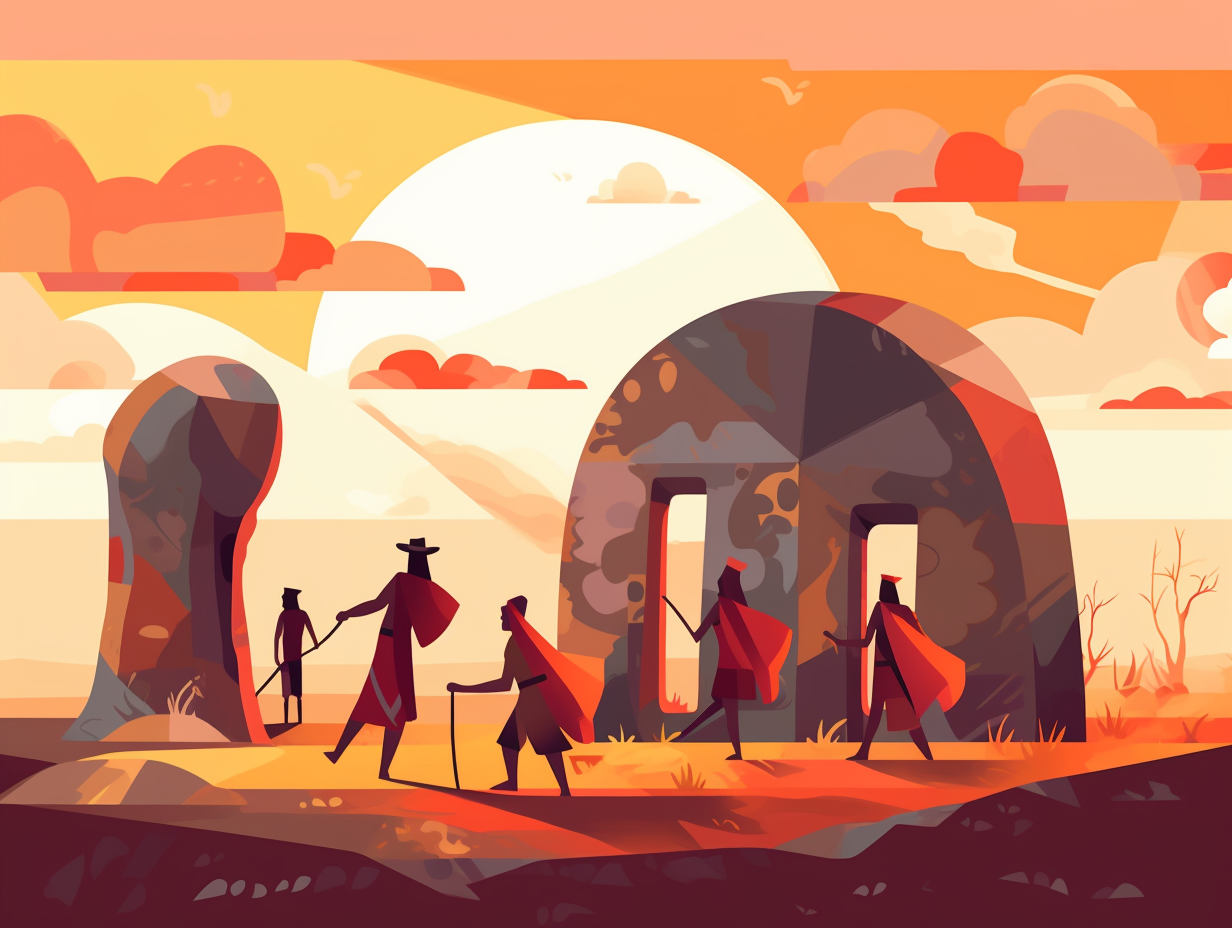
Did you know that way before Starbucks, humans at Tell Abu Hureyra harvested wild grains and made history with our first steps into agriculture? Discover more intriguing facts about this Neolithic era!
=> Fun Facts about Neolithic-Age
3. Communal living pioneers
In a world where "sharing is caring" was more than just a social media mantra, hunter-gatherers were the original influencers of communal living: These societies practiced decentralized decision-making, shared access to resources, and maintained an equal distribution of income through gifting and sharing, while tolerating a little bit of free-riding from the more productive members.
Source => researchgate.net
4. Master of dietary diversity
Move over, Atkins diet: the Hadza tribe in northern Tanzania knows the real secret to keeping meat cravings at bay. It turns out that occasionally skipping out on the big game and diversifying their prey portfolio with small game and trapping can help these clever hunter-gatherers snag a more consistent supply of grub!
Source => jstor.org
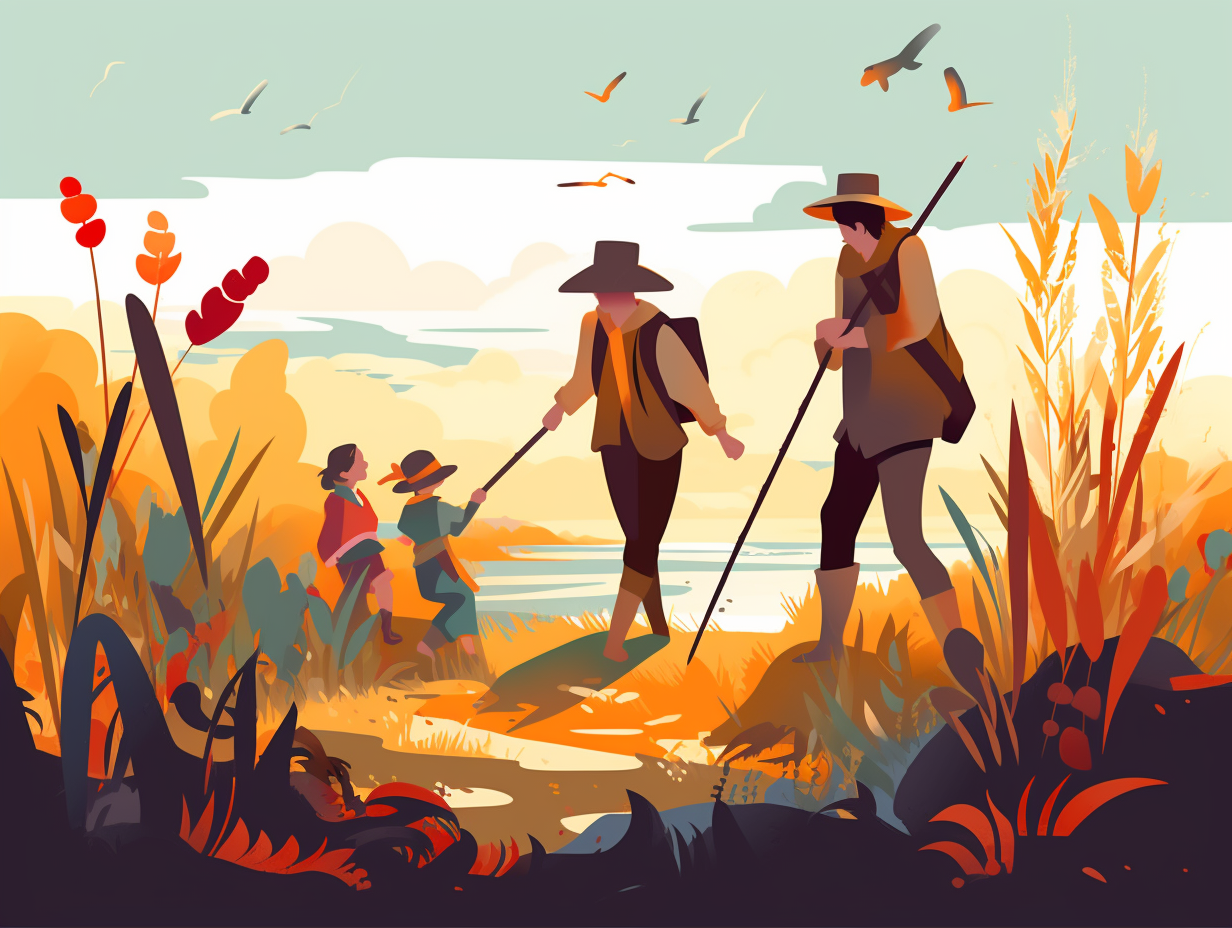
5. Cave art critics
Who said cave dwellers couldn't be art critics? In their spare time, they dabbled in creating breathtaking masterpieces, with minerals as their color palette and moss or hair as their brushes: Around 40,000 B.C., European Upper Paleolithic hunter-gatherers produced parietal and mobiliary art, showcasing hunted species, predators, and abstract designs in caves located at a distance from the entrance, hinting at sacred or ceremonial significance.
Source => metmuseum.org
6. VIP burials and status symbols
Whoever said "you can't take it with you," clearly never met these ancient VIPs: In early Neolithic burials, grave goods were distributed equally, suggesting a classless society, but in Chalcolithic and Bronze Age burials, "chieftain" graves were filled with rich goodies, highlighting the development of social stratification and the rising value placed on status symbols.
Source => en.wikipedia.org
7. Dogs: Man's first best friend
In a prehistoric "meat" cute that could rival any rom-com, humans and wolves decided to share their ice age leftovers, sparking a beautiful love story that continues to this day: It's believed that hunter-gatherers may have domesticated dogs due to the excess of lean meat at the time, which wolves could eat, but humans couldn't. This shared food source led to the first and only domesticated animal among hunter-gatherers, with the earliest known dog burial dating back 14,200 years ago.
Source => newscientist.com
8. Prehistoric barbecue masters
Who knew our ancestors were ace pyromaniacs, mastering the art of cookouts before it was cool? Talk about a prehistoric barbecue sesh: Hunter-gatherers harnessed the power of fire to roast a feast of small critters, and eventually saw a culture shift that allowed them to devour not just meat, but root vegetables and tubers that were otherwise difficult to digest without cooking.
Source => royalsocietypublishing.org
9. Ultimate workout plan
Before gym memberships and Fitbits, our ancient hunter-gatherer ancestors had the ultimate workout plan, complete with real-life Hunger Games and the Paleo diet to boot: They took around 16,000 to 17,000 steps per day – equivalent to eight miles – doing everything from hunting to foraging, building shelters, and staying safe, resulting in rare occurrences of cardiovascular diseases, a far cry from today's sedentary adults who clock in at a mere 5,000 steps.
Source => ncbi.nlm.nih.gov
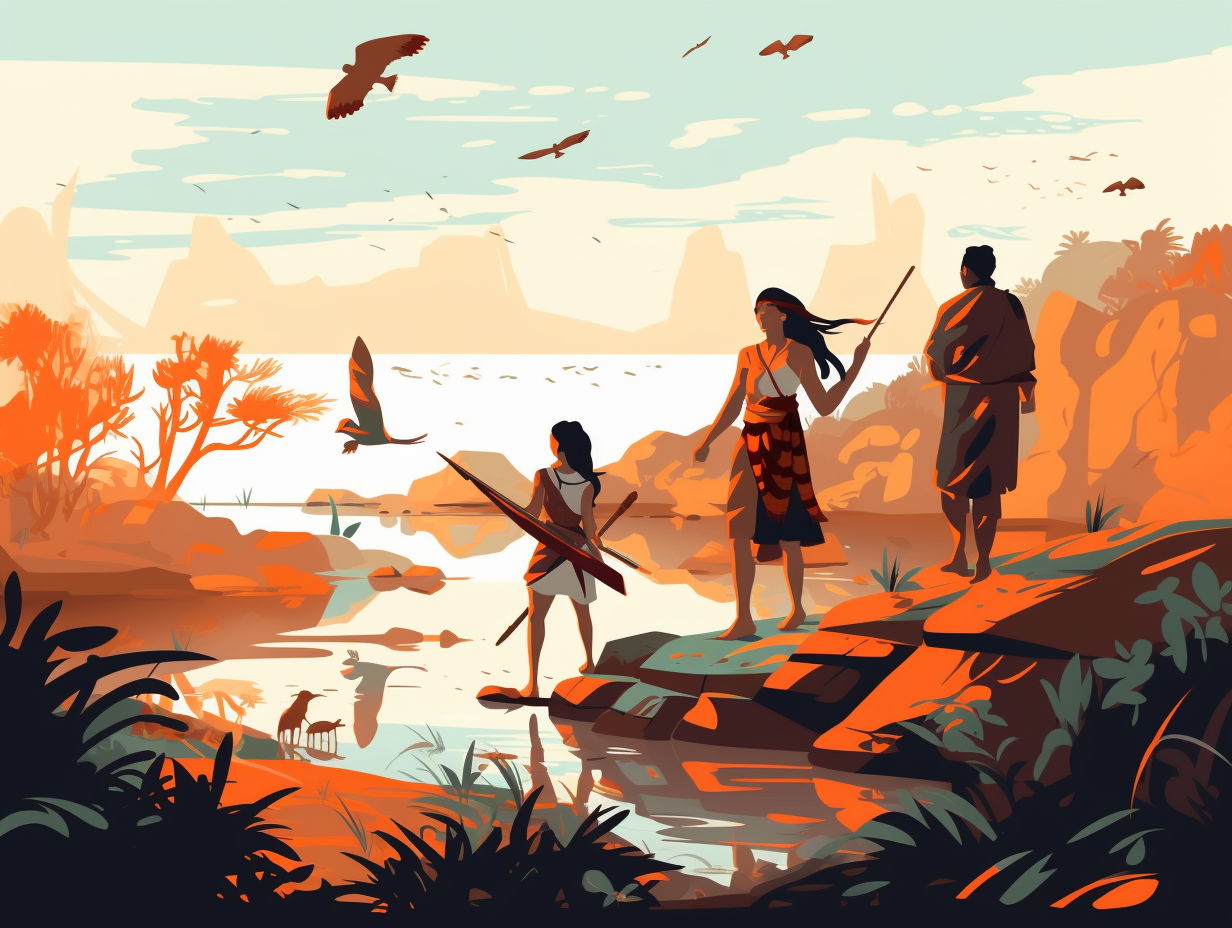
10. Original food truck lifestyle
Hunter-gatherers were the original foodies, always on the move for the next best seasonal delicacy: In order to forage and find sustenance, these ancient nomads needed to roam vast territories between seven and 500 square miles, making the food truck lifestyle a permanent gig way before it was cool.
Source => nationalgeographic.org
11. Multitool innovators
Before Bear Grylls and Swiss Army knives took center stage, our ancestors crushed the multitool game with their primitive yet stylish stone gadgets: hunter-gatherers were among the first toolmakers in human history, creating innovative tech like the Oldowan, Acheulean, Levallois, Aurignacian, and Magdalenian cultures, using stones, bones, antlers, and more for cutting, chopping, scraping, woodworking, and hunting.
Source => history.com
12. Expert multitasking parents
If hunter-gatherer parents posted a job ad, it’d read: "Wanted: Expert multitaskers that love affection, action, and impromptu cooking lessons for children under 5. Rewards include endless playtime and fewer chores!" : These parents are hands-on with a parenting style that includes more play, less work, and teaching vital skills like fire-building and meal prepping to kids as young as 4—an affectionate, relaxed approach where even dads get to be full-on childcare pros.
Source => hraf.yale.edu
Related Fun Facts

